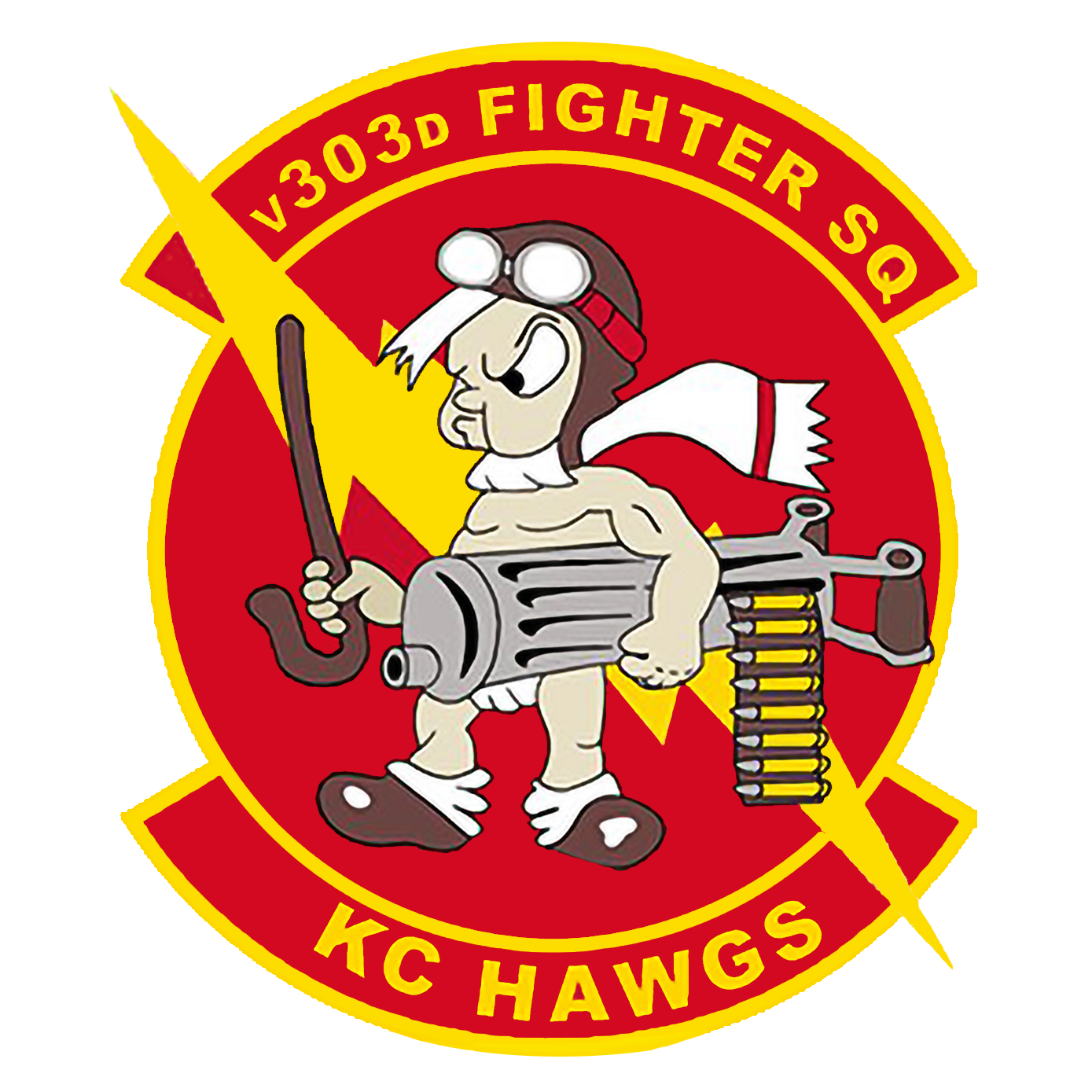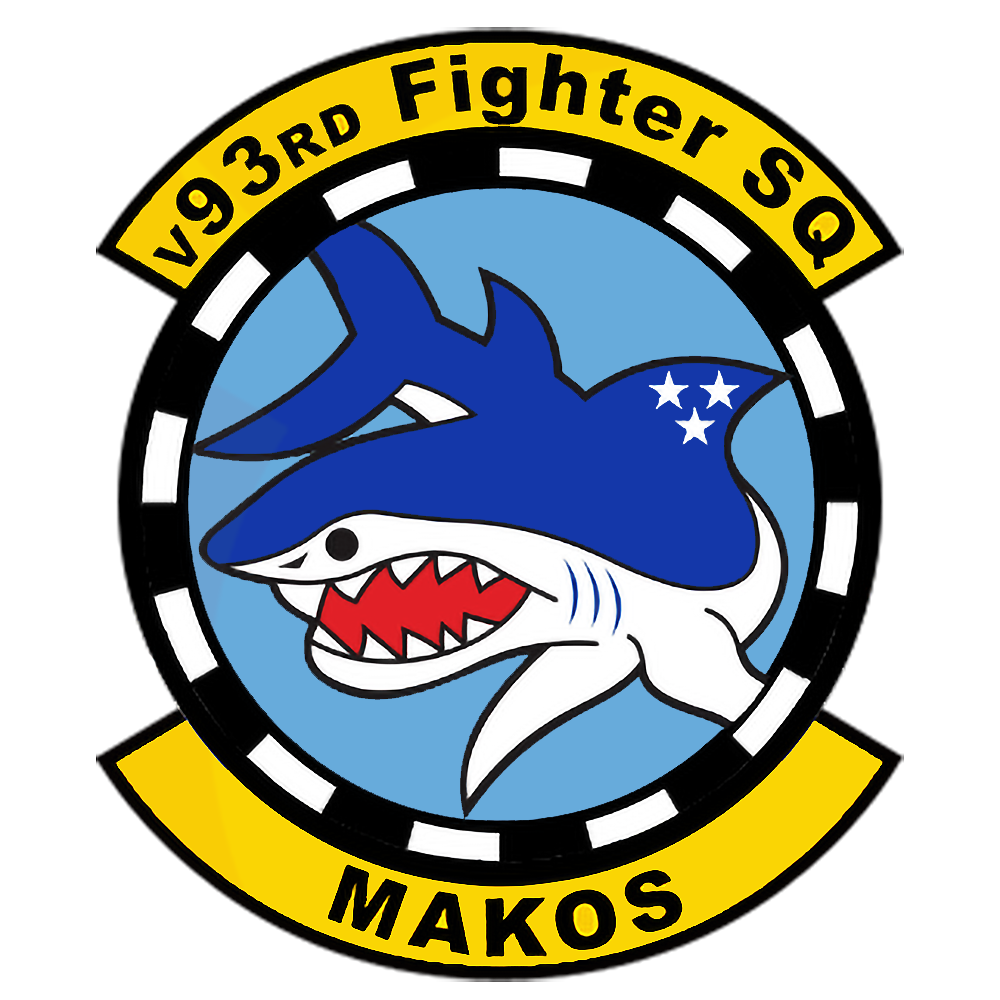Wing
"FALCON"
v93 FS Command
v303 FG Command
Growing up, my father would take me out to these races every summer. Have many great memories down by the river, watching these things fly by at 170+mph.
These boats are running retired Mil Lycoming T-55 (Chinook) L7 gas turbine & Rolls Royce Merlin and Allison V-12 engines that power the boats and the aerodynamic forces that put the “plane” in “hydroplane”. Even the cockpit utilize parts from the F16.
Old vs New
HYDROPLANE HISTORY - 100 YEARS & COUNTING
Unlimited hydroplane racing has a long and colorful history, and the Hydroplane and Raceboat Museum is a great place to start learning more about the history of Unlimited hydroplane racing. The museum (also known as HARM) is located in Kent, WA and has an amazing collection of hydroplane memorabilia as well as many restored hydroplanes. Volunteers at the museum have restored some of Unlimited racing’s most beloved hulls: the 1955 Miss Thriftway , the 1957 Miss Wahoo, the 1962-65 Miss Bardahl, the 1973 Pay N’ Pak, the 1977 Atlas Van Lines “Blue Blaster” and the 1980 Miss Budweiser, among others.At H1 Unlimited events in Tri-Cities, Seattle and others, exhibitions by some of the most famous hulls in Unlimited history are a part of the show. Learn more about the Museum’s mission by watching some of the videos below, and we wholeheartedly encourage you to visit the museum in person, and visit the websites we have included in the “Links” section below to learn more about the people, technology and the beautiful fast boats that make up the incredibly long and rich history of Unlimited hydroplane racing:
Boat racing in the Unites States has been going on since men first set sail, but organized powerboat racing began in the earliest parts of the 20th century and continues in a myriad of classes to the present day. The American Powerboat Association (APBA) is the sanctioning body for almost all forms of boat racing, but H1 Unlimited is the sanctioning body for all of our events except one.
Every year, Unlimited hydroplanes race for the oldest motorsports trophy in the United States: the APBA Gold Cup. The legacy of this trophy began in 1904, a full five years before what most consider to be the oldest motorsports trophy in the US: the Borg-Warner trophy given to the victor at the Indy 500. Except for a stretch during World War 2, the APBA Gold Cup has been awarded every year since 1904, and is the most prized trophy in Unlimited racing.
Unlimited hydroplanes have gone through five distinct periods of boat design and powerplant combinations: from the early part of the 20th century through the late 1940’s, conventional front engine, rear drive, deep “V” planing hulls that used a multitude of internal combustion engines were the standard and were not a huge break from then-current boat design norms. These designs stayed fairly static, with only incremental improvements.
In fact, the word “hydroplane” was not even associated with our class of boats until some pretty radical design changes were incorporated. In the early 1950’s, the second generation came in with a bang: the modern design standard of the round (or “shovel”) nose three-point hydroplane (a prop-riding boat with outboard sponsons that skipped on the water) began with what are widely regarded as the ancestors of modern racing hydroplanes: the Slo-Mo IV and Slo-Mo V, designed by Ted Jones of Seattle.
Almost all boats of the era were powered by then-plentiful WWII surplus aircraft engines and many colorful drivers were household names: Big-band leader Guy Lombardo, Chuck Thompson, “Wild” Bill Cantrell, Mira Slovak, Jack Regas and Bill Muncey among many others.
The U-1 Miss Bardahl – “The Checkerboard Comet” – was an example of state of the art hydroplane design in the late 1960’s. With Billy Schumacher driving, it won the championship in 1968. HARM photo:
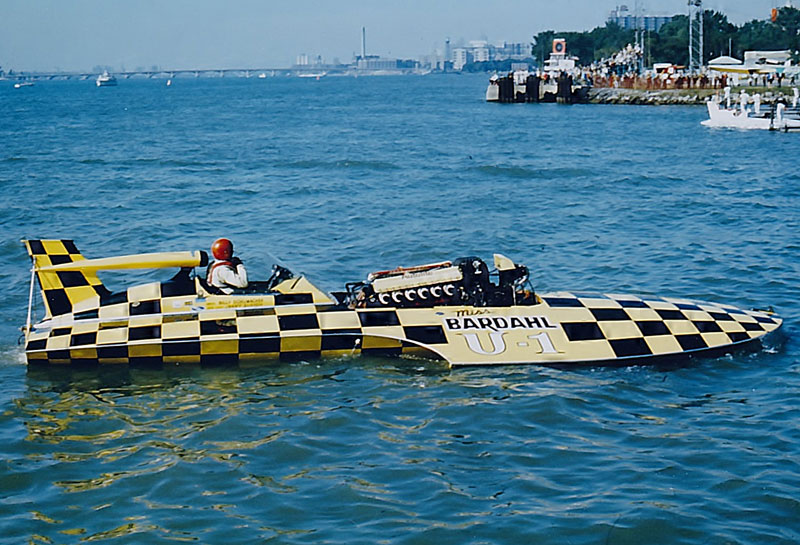
In the design that dominated racing for almost twenty years, the driver sat behind the engine and the front of the boat had a rounded nose with the “sponsons” outboard of the center section, extending from the nose and ending about the back of the engine. The propeller on these boats was driven directly from the engine, so the engines were tilted at the same angle as the propeller shaft.
Unfortunately, these designs had disastrous consequences when the boats crashed, and many drivers were killed when the boats hit large swells, causing them to nose into the water at very high speeds. The worst day in the history of Unlimited racing occurred in 1966 at the Presidents Cup in Washington D.C. when three drivers: Don Wilson, Rex Manchester and Ron Musson were killed on the same day:
To try and combat these handling issues, some designers started experimenting with “cabover” designs, placing the driver ahead of the engine, changing the center of gravity to try and prevent these nose-first crashes. Even with more and more powerful engines, now capable of producing over 2,000 horsepower; the racing became marginally safer, but was still a very dangerous sport and drivers were still losing their lives.
Guaranteeing driver safety was a very slow process that had no clear-cut answer as the sport headed into the 1970’s. During the early 70’s, almost all consistent winners were still using aircraft power and the “conventional” round-nose hull.
The third generation of Unlimited hydroplane design came about with the popularity of the “pickle-fork”, or twin boom design familiar today that put the tips of the sponsons out in front of the center section.
Whether it was a conventional design or cabover, by the mid-70’s almost all winning Unlimiteds used this new design. Also, as surplus aircraft engines began getting more expensive in the early to mid1970’s, some teams began experimenting with now surplus turbine power plants that powered the Army’s helicopters.
The fourth generation of Unlimiteds began in 1973 when a group in Seattle launched the U-95, a twin turbine design that ultimately started a revolution that changed the sport. It utilized two turbine engines and was the modern cabover “pickle-fork” design.
As costs continued to climb for the V-12 engines, the turbines were now becoming more readily available and were reliably churning out more horsepower than the internal combustion engines and requiring far less maintenance over the course of a race season. The integration of turbines was a very slow process, taking many years to prove that they were a match for the aircraft engines, but as the sport moved into the next decade, the winning combination proved to be the turbine engined cabover design, and Unlimited racing in the 1980’s proved once and for all that the turbines were the way forward.
The U-95 was the predecessor to the turbine Unlimiteds you see today. HARM photo:
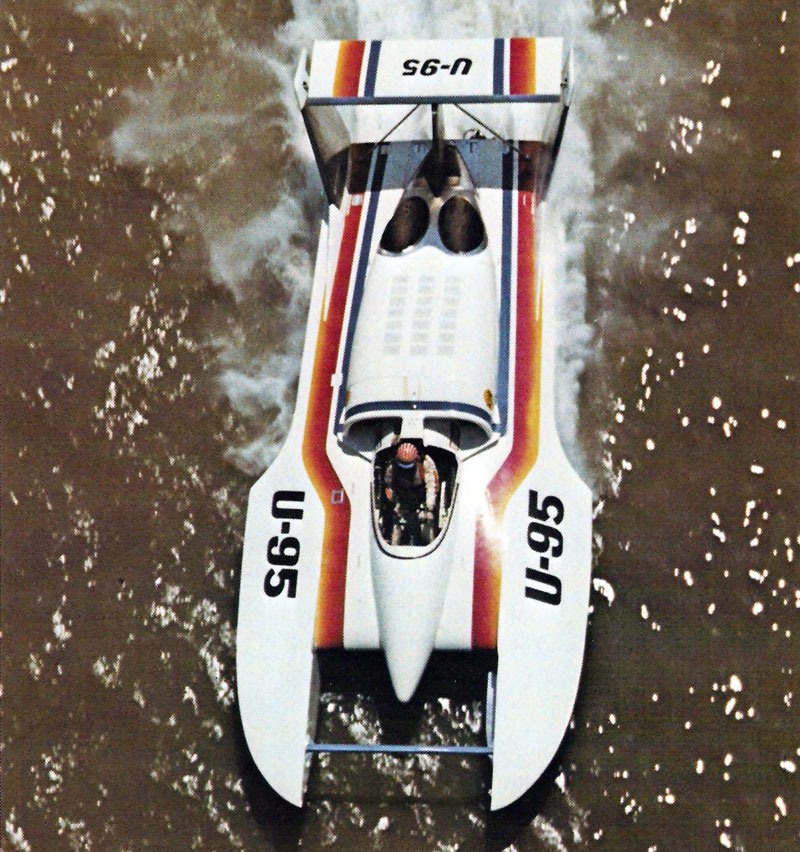
As the aerodynamic portion of race boat design was becoming better understood, Unlimiteds also began taking advantage of these aerodynamic principles: the overall shape of the boats allowed them to function almost like a wing, with the “tunnel” under the boat being fine-tuned to allow the boat to more effectively use the air itself to lift the boat. Sponson designs of the “pickle-fork” boats were increasingly helping the boats to skip on the water easier and turn better.
Various teams started experimenting with other aero devices like rear wings, trailing moveable flaps to control the air at the front of the boat, and finally the modern moveable canard wing you see on our modern hydroplanes.
Three dominant hydros of the 1970’s and 80’s: the 1973 Pay ‘n Pak, 1977 Atlas Van Lines “Blue Blaster” and the 1980 Miss Budweiser:
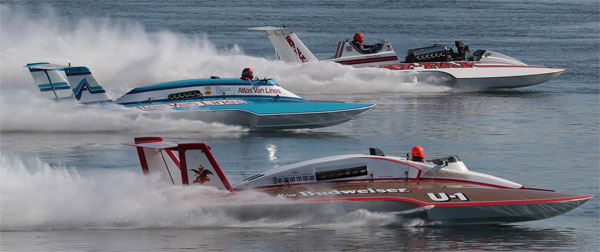
Unfortunately, this motorsport has taken many lives over the past 100 years...
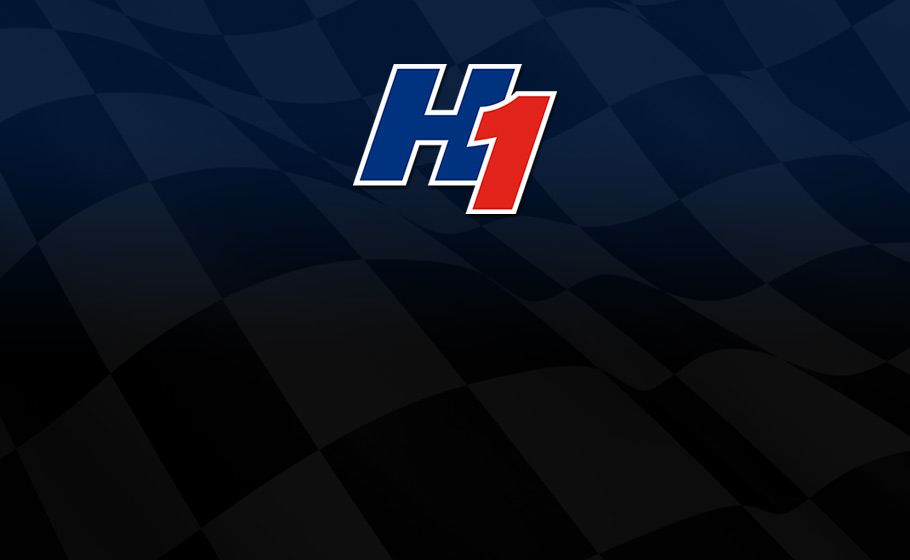
Hydros 101
HYDROS 101 HYDROS 101 Whether you have been a fan for decades or are just learning about the sport of Unlimited Hydroplane racing, we want to help you learn about all facets of our sport - from a basic explanation of the races so you know what "heats" are and how
 www.h1unlimited.com
www.h1unlimited.com
Last edited:

